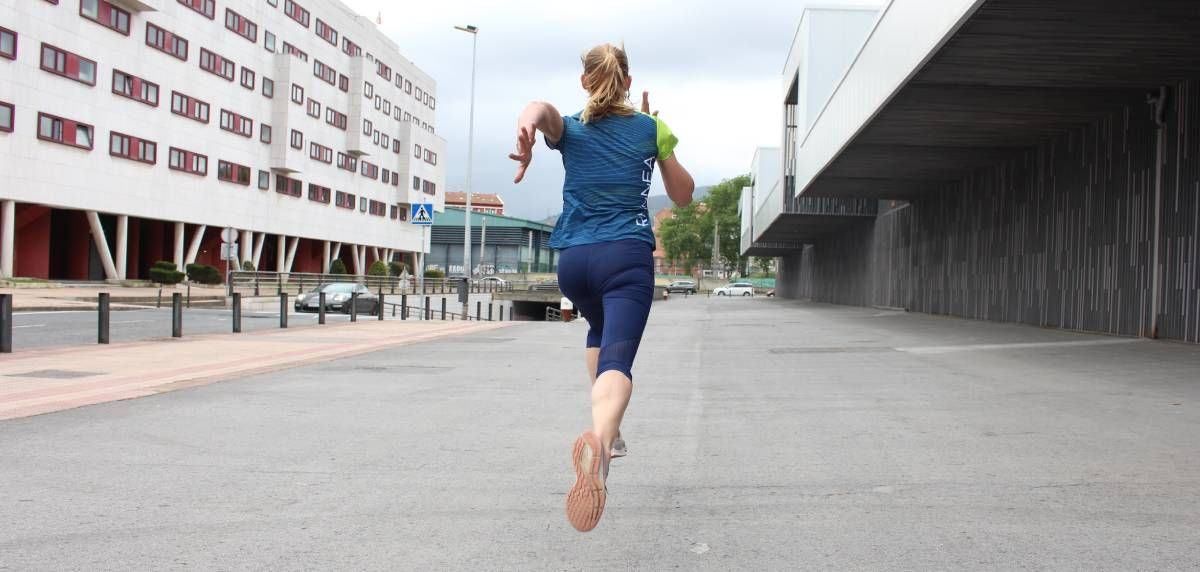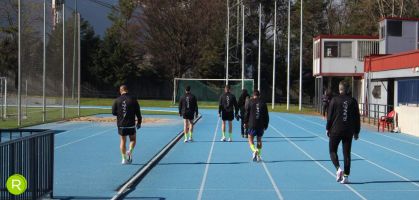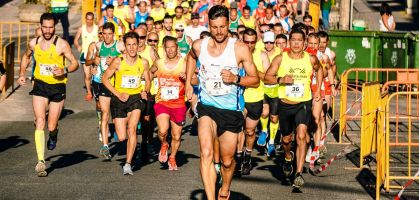Don't be scared, when we talk about biomechanics, don't think that we are trying to turn your body into a kind of cyborn that will make you run faster. Biomechanics is a discipline that analyzes the movement of the human body and its interaction with the environment. And if we take it to the field of running, knowing and applying the principles of biomechanics can help us to improve our running technique, increase our speed and reduce the risk of injury. Doesn't that sound good? Well, in this article, I'm going to try to explain how biomechanics can affect speed in running and offer you, based on scientific evidence, practical tips to improve the biomechanics of your running.
Posture and body alignment
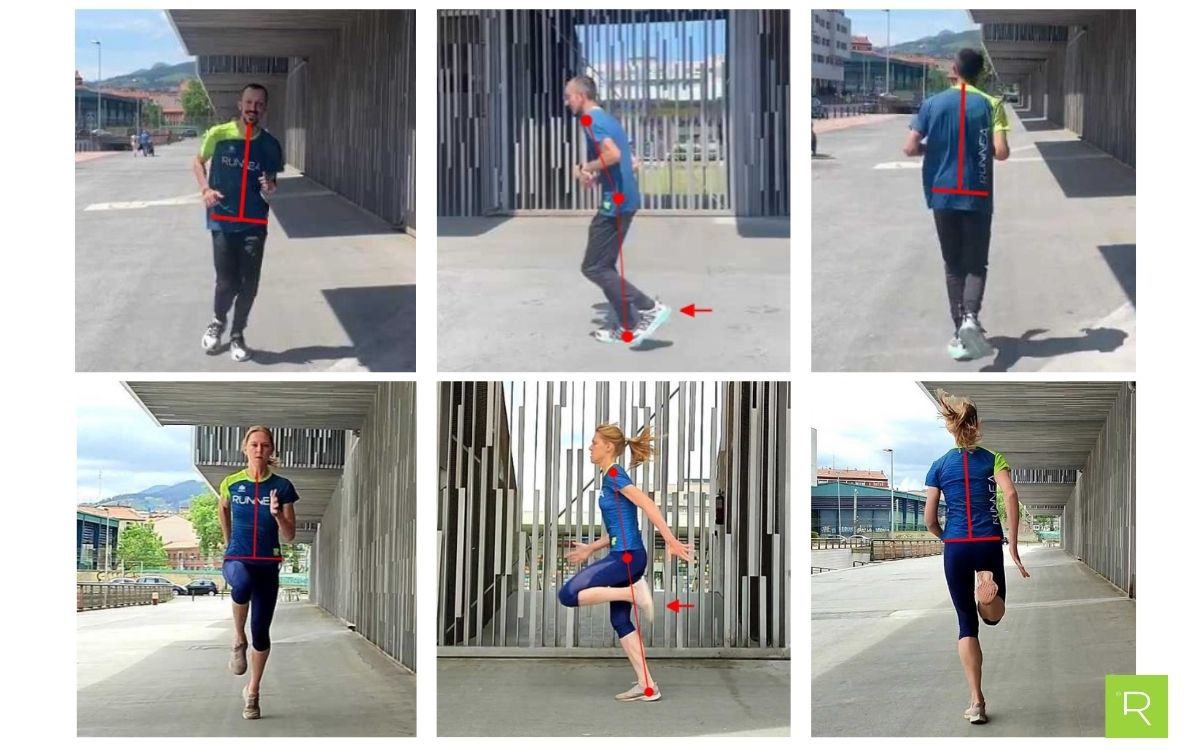
Let's start with the main rule for efficient running biomechanics, posture. Proper posture is essential to achieve an efficient stride, which in turn will help prevent injuries. It is advisable to keep the head upright, the shoulders back and relaxed, and the spine aligned. In addition, the trunk should be slightly inclined forward to take full advantage of gravity and generate unconscious forward momentum.
Tip: Practice core strengthening exercises and stretches to improve your posture and body alignment. Yoga, pilates or Swiss ball stability exercises can be helpful for this purpose.
Stride length and frequency.
Stride length and stride frequency have a major influence on running speed and efficiency. Several research studies suggest that a higher stride frequency can increase speed while minimizing the impact on our joints, while a stride length that is too long can be more inefficient and also increase the risk of injury.
Tip: Perform running technique exercises, such as skipping, heeling and quick strides, to improve stride length and stride frequency. Also, here's a tip: Try recording and analyzing your running technique to identify and correct any imbalances.
Foot landing
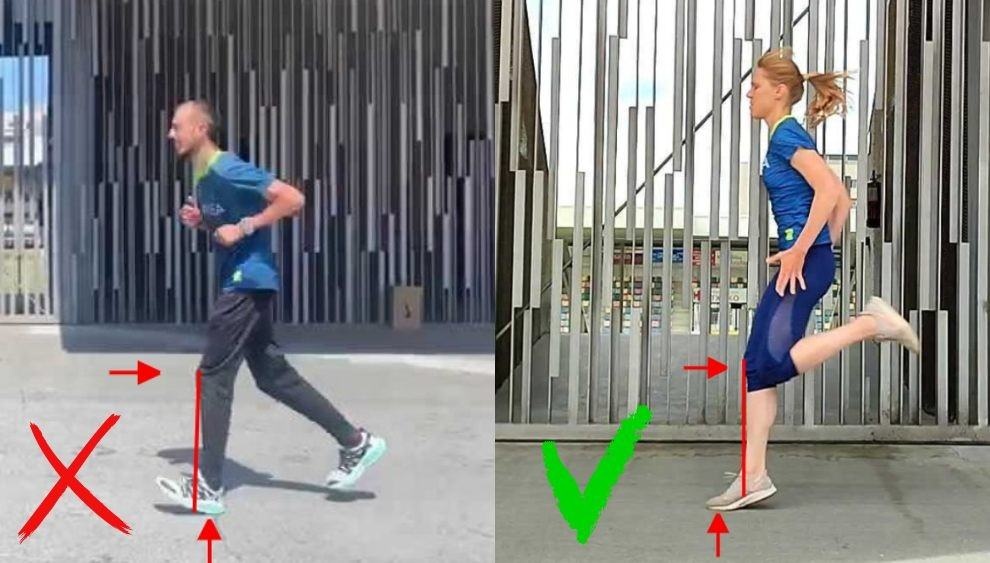
The way we runners land with each stride we take also influences running biomechanics. Landing on the forefoot or midfoot can reduce the impact on our joints and improve stride efficiency compared to landing on the heel. Although it requires a period of adaptation, which
Tip: Practice foot and calf muscle strengthening exercises, as well as ankle mobility exercises, to improve foot landing. Transition gradually to a forefoot or midfoot landing to avoid injury.
Muscle strength and power
You know that at RUNNEA we are very insistent on the importance of strength work as the basis of running training. Stronger muscles help us to generate more strength and propulsion, which undoubtedly results in faster running speed. It is essential to include strength exercises in our weekly training routines to improve both speed and overall performance.
A study by Balsalobre-Fernandez et al. (2016) showed that explosive strength exercises, such as jumps and sprints, can improve leg power and, consequently, running speed.
Tip: Include explosive strength and plyometric exercises, such as jumps and short sprints, in your training. Also incorporate strength exercises for glutes, quads, hamstrings and calves, as these muscles are critical in generating power and propulsion.
Injury prevention
Proper biomechanics can also help us prevent injuries by more efficiently distributing forces throughout the body and reducing stress on joints and tissues.
Tip: Warm up properly before each training session and spend time cooling down after running. In addition, perform joint mobility and stability exercises to improve shock absorption capacity and muscle function.
Check your running shoes
Proper running shoes can play an important role in running biomechanics and injury prevention. And just the other way around, inappropriate footwear can cause imbalances or offer an insufficient amount of cushioning and support.
Tip: You can perform a footprint analysis to choose the right shoe for your individual footprint type and biomechanics. Replace your shoes when they are worn out or have reached their recommended mileage limit. RUNNEA helps you find the right running shoes for your physical and financial needs.
Not sure which shoe to choose?
In a few simple steps we help you to choose the ideal running shoe for you.
GO TO THE RECOMMENDERRegular monitoring and adjustments
Finally, biomechanics can change over time due to different reasons. Aging, changes in body composition, previous injuries or even changes in our running technique. It is critical to monitor and adjust biomechanics on a regular basis to maintain efficient technique and prevent injury.
Tip: Consider working with a coach or biomechanics specialist to evaluate and adjust your running technique on a regular basis. These types of professionals can provide you with valuable information and specific recommendations for improving your running biomechanics.
Biomechanics plays a crucial role in speed, efficiency and injury prevention in running. By paying attention to posture, stride length and frequency, foot landing, muscle strength and power, as well as injury prevention, runners can improve their technique and increase their running speed. Implementing these tips and maintaining a consistent focus on improving biomechanics can make a significant difference in the performance and enjoyment of running.
Read more news about: Running Training
